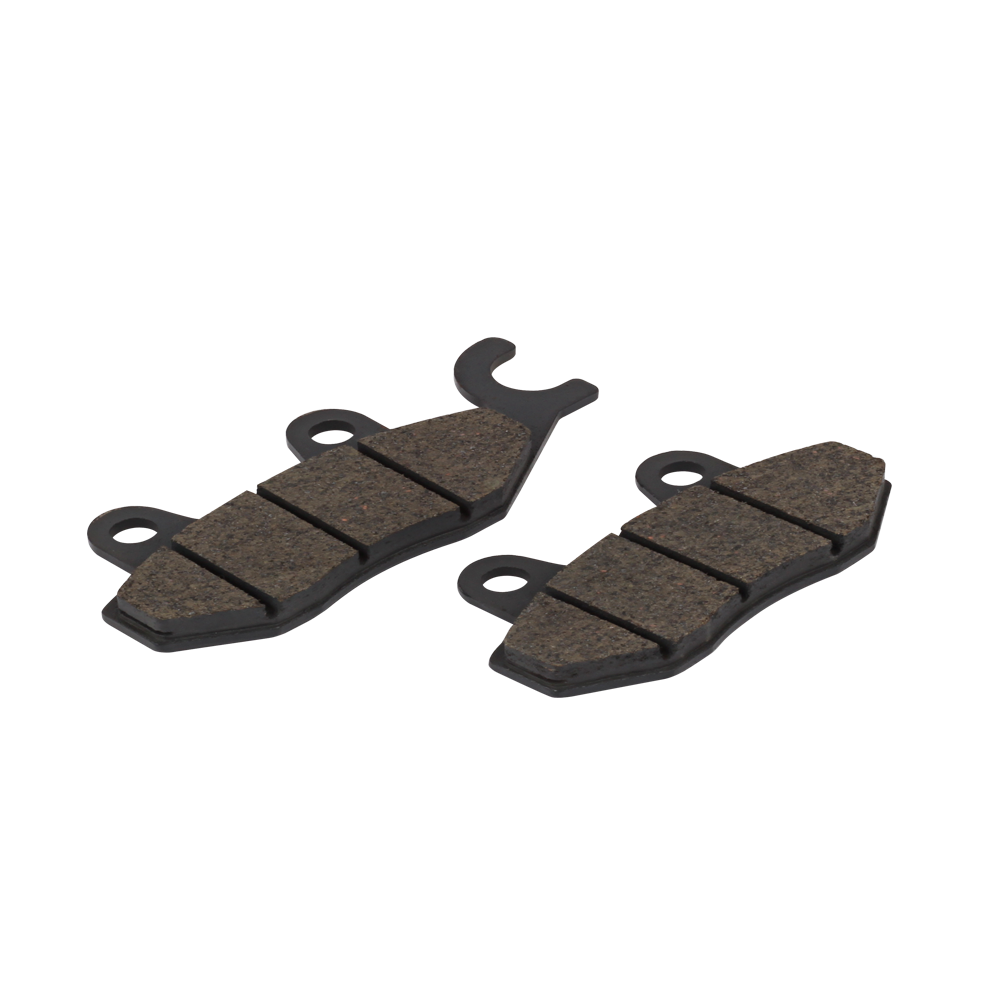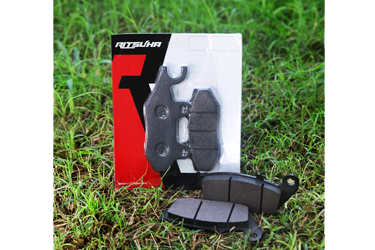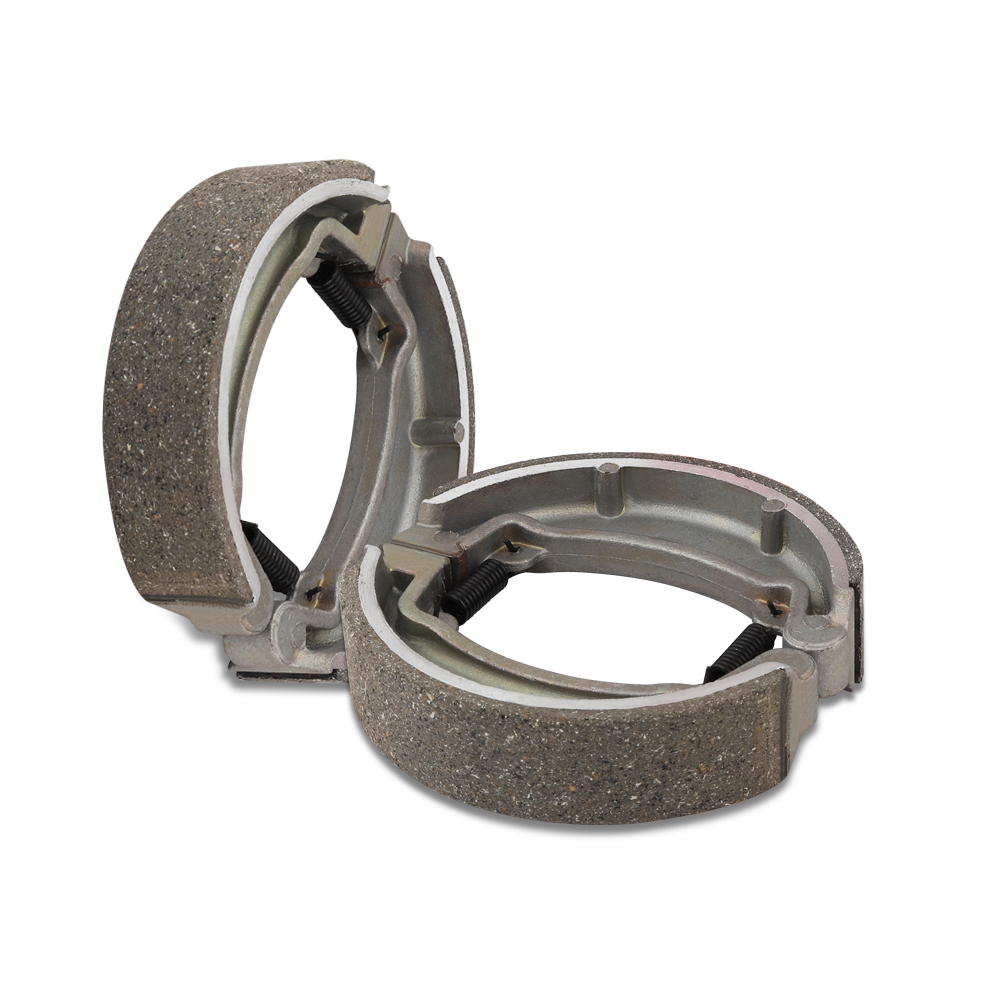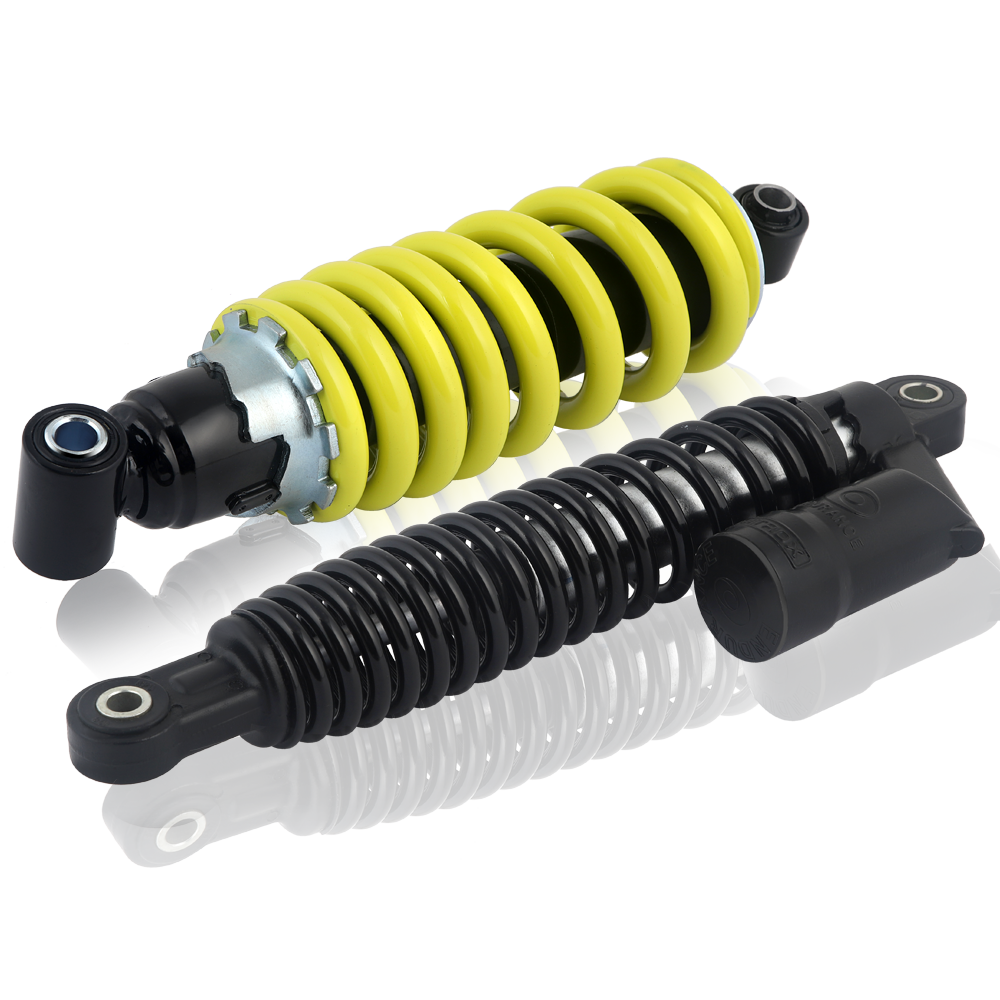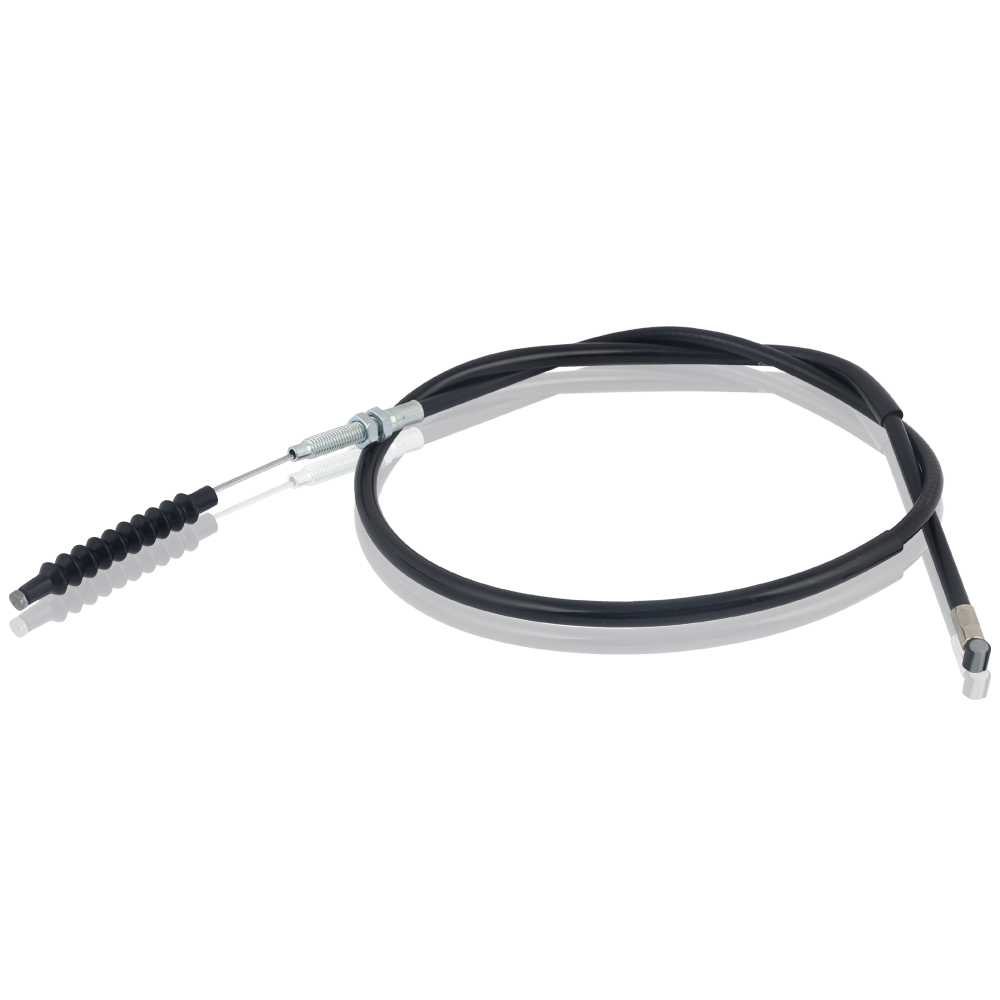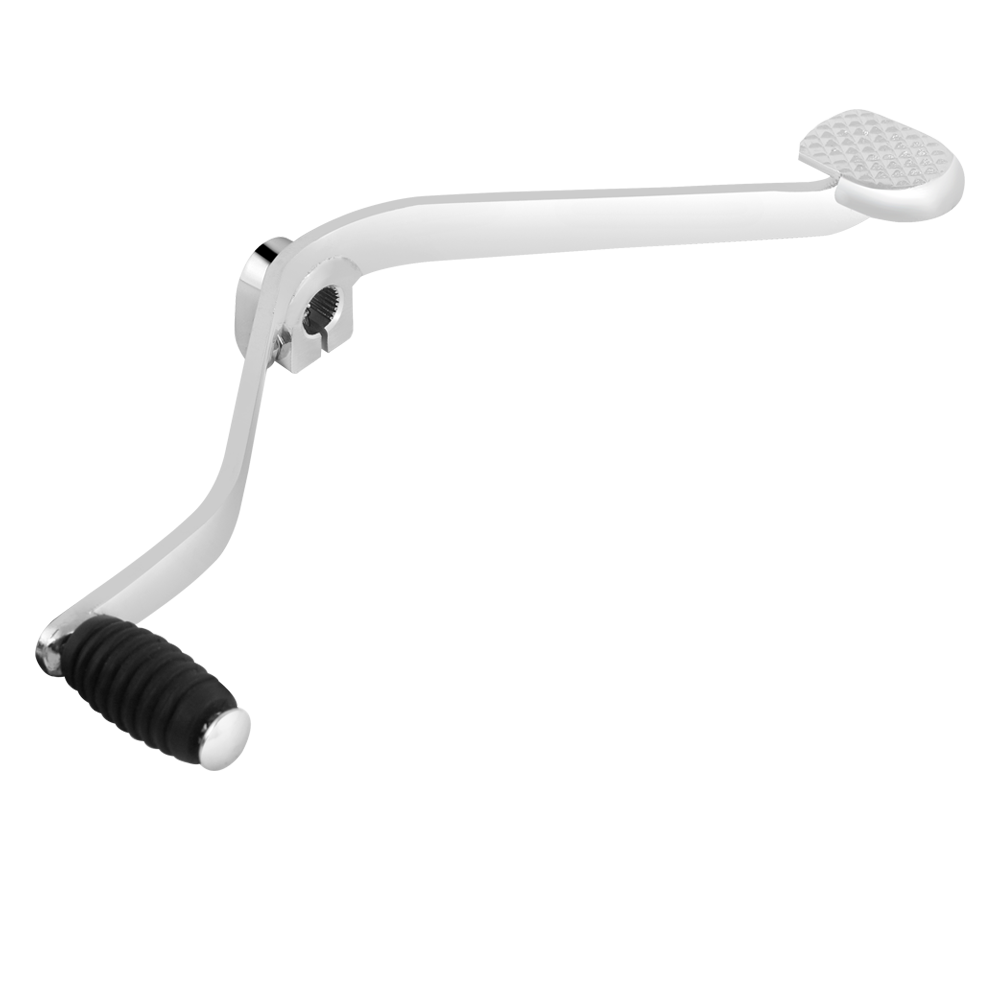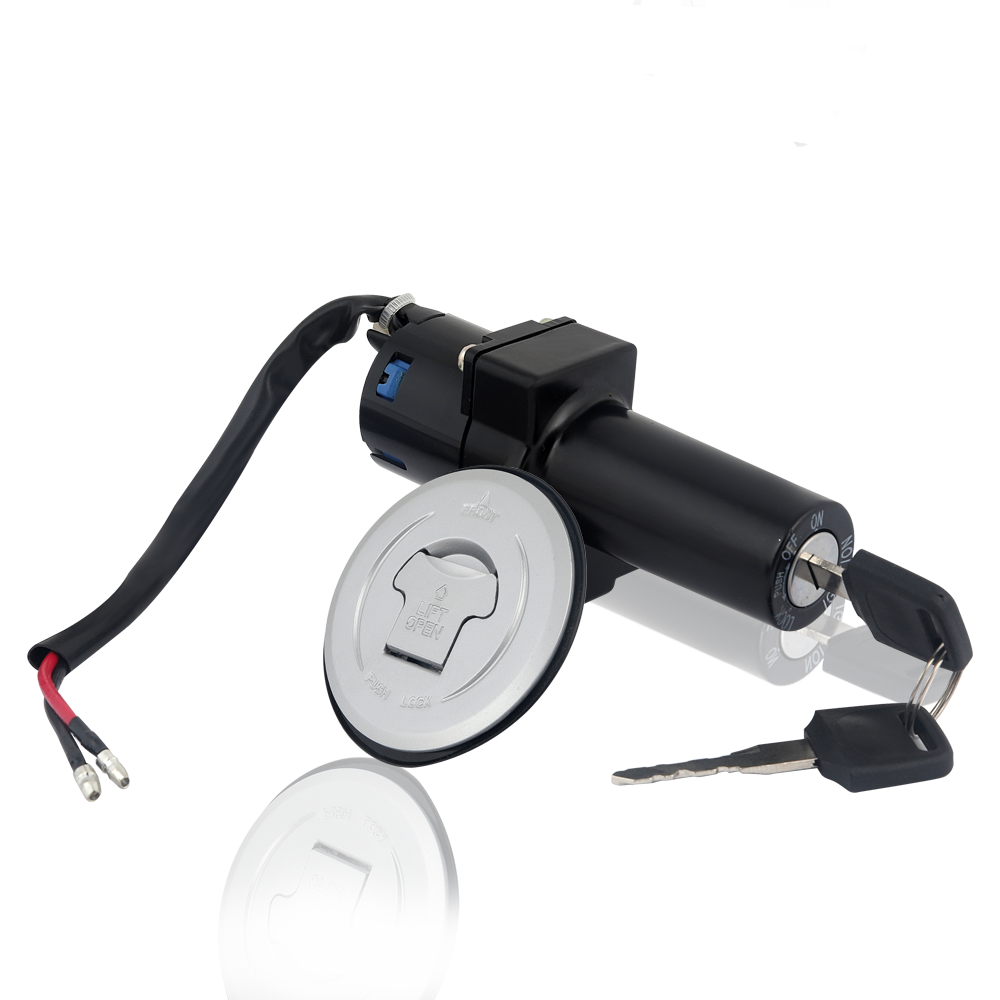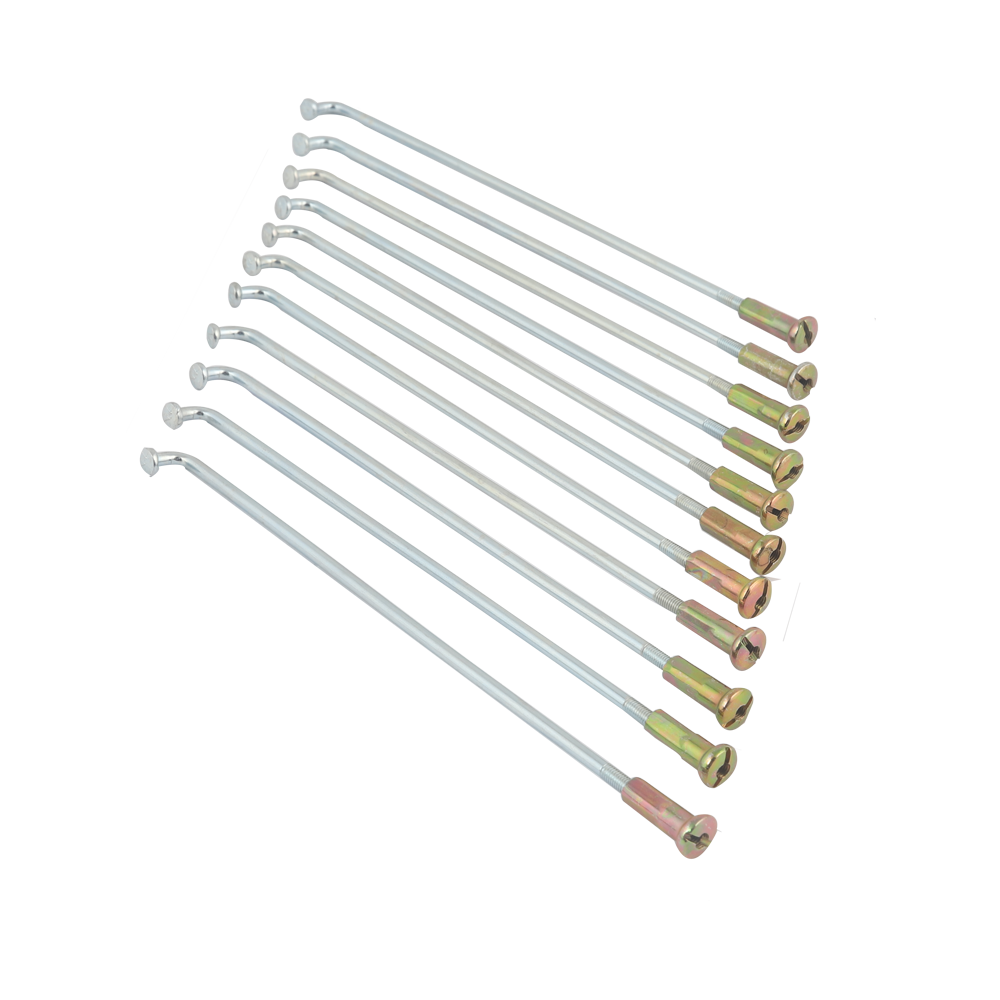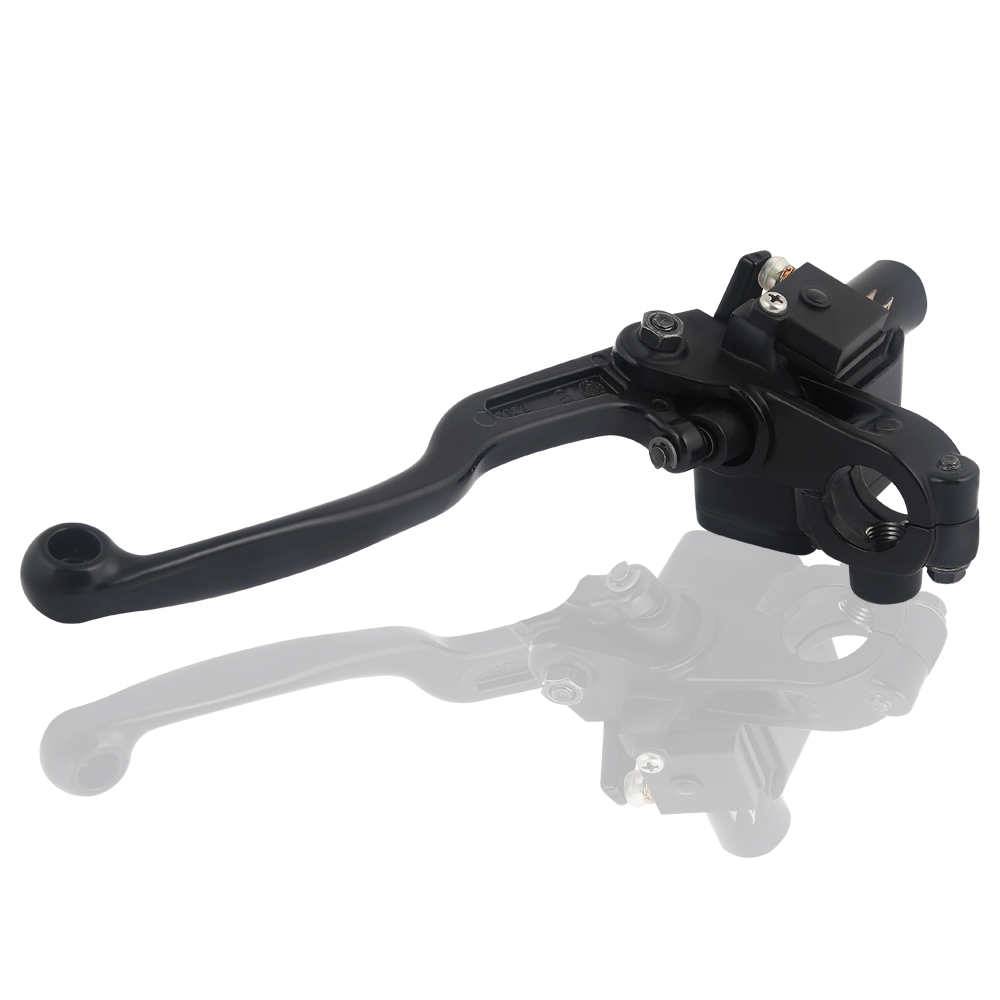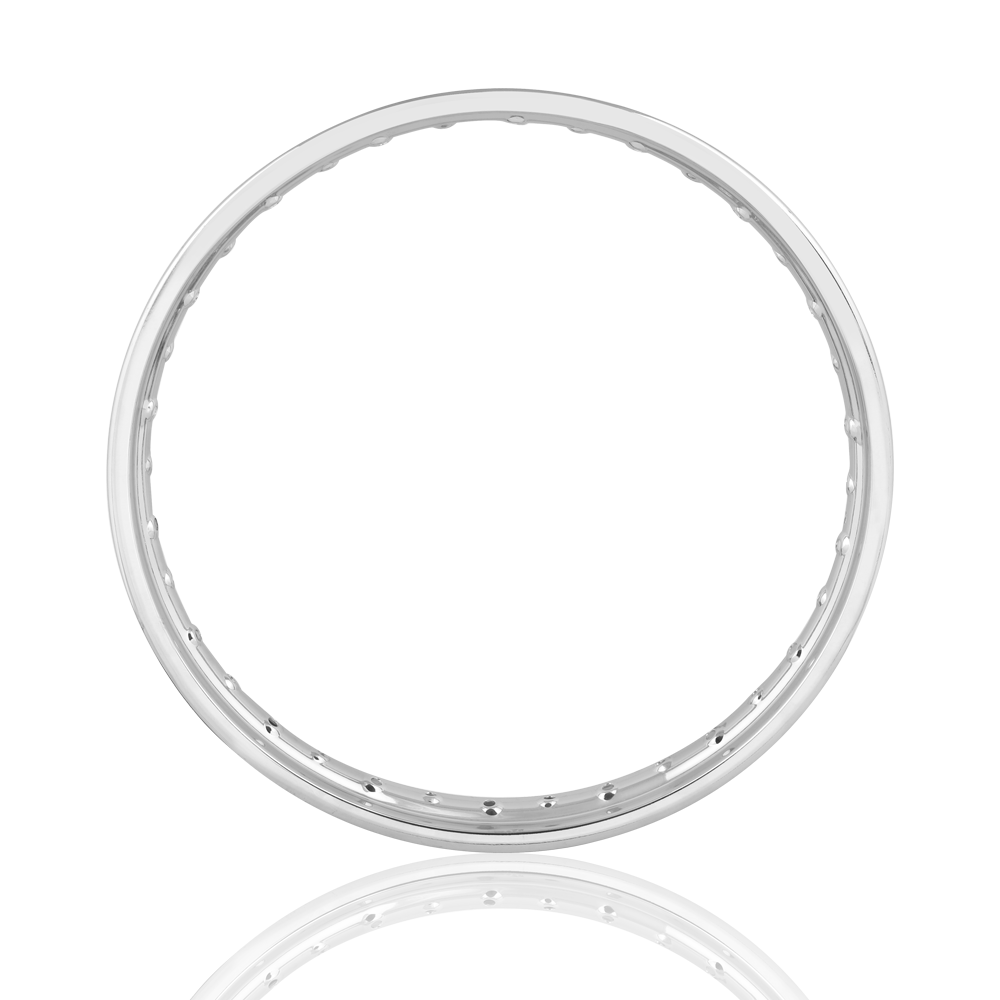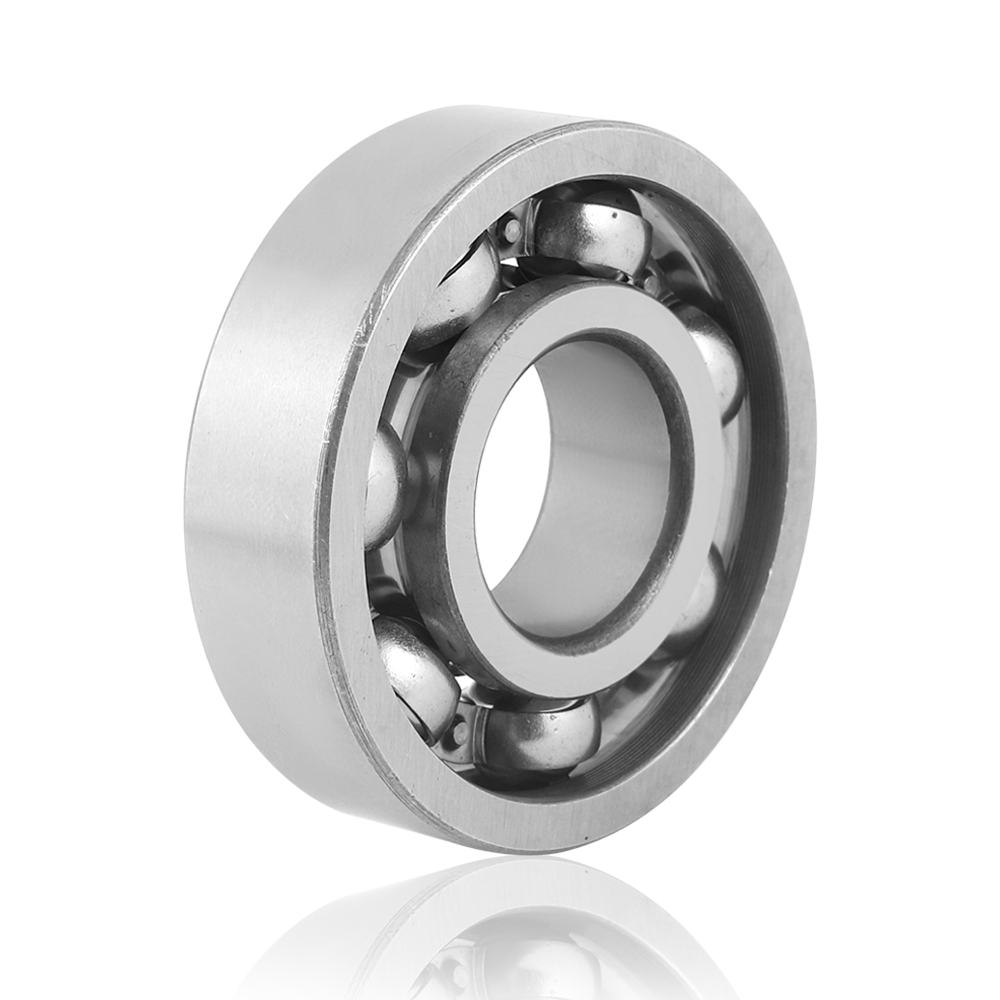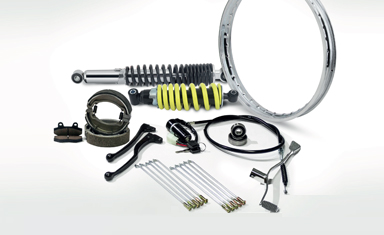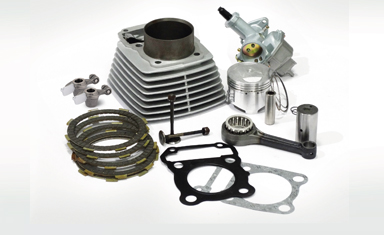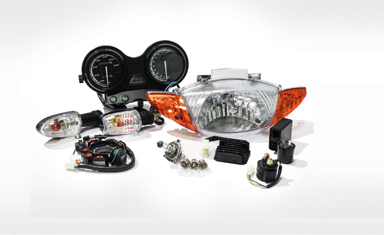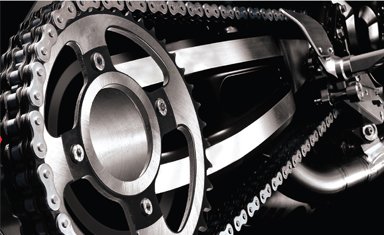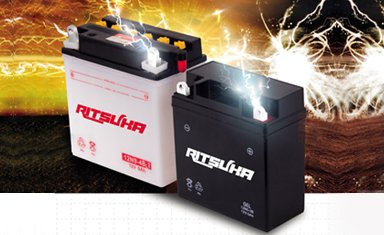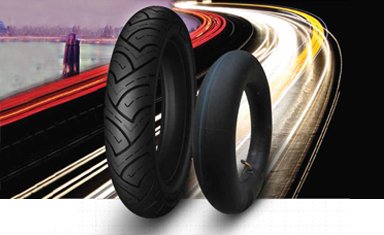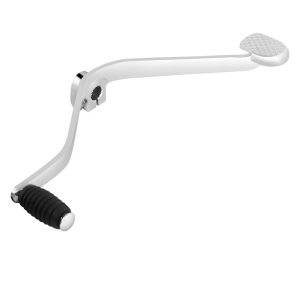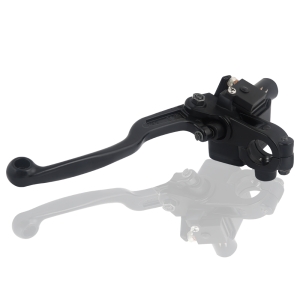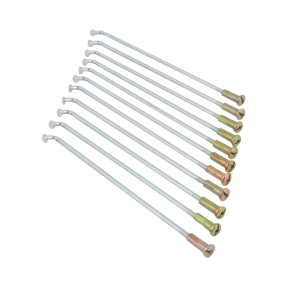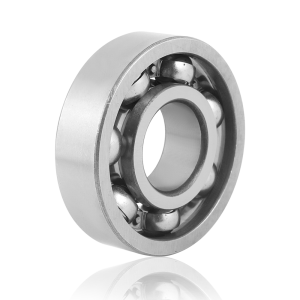Raw Material
Our brake pads are manufactured using raw material variant Q-235 B. The lining of all these brake pads are of high metal content, non-asbestos, and environment friendly in nature, along with smoother edges as compared to others in market. Semi-metallic material leads to smoother braking performance, superior fade resistance, minimal brake disc wear rate, better solid brake pedal feels with low noise. These function equally efficient over wet, dry, hot or cold surfaces.
| Parameter |
Details |
RITSUKA |
Chinese Product |
RITSUKA Advantage |
| Raw Material |
Metal Base |
High grade Steel Base with chemical composition as per International standards |
Low grade Steel Base with chemical composition below International standards as it increases cost |
We offer exceptional mechanical properties like durability, comfort and longevity along with safe ride. |
| Friction Lining |
Non-Asbestos formation with special Fibre material |
With Asbestos formation |
Our frictional material lends excellent quality making our product superior than the rest in market |
| BOP (Bought Out Parts) |
Brake Lining |
Inhouse |
BOP |
- More the BOP’s higher are the chances of Rejection.
- Consistent Quality and best performance in service life
|
| Spring |
BOP |
BOP |
Manufacturing
We manufacture single quality of brake pad lining by using synthetics mixed with some proportion of flaked metals. Different pads use steel, iron and copper, glass fiber. Our exquisite workmanship allows them to endure a temperature of 300°C with less wears rate, longevity, good performance of thermal recession and water recession. It is mainly supported to domestic market OEM and exported overseas in large quantity.
| Details |
RITSUKA |
Chinese Product |
RITSUKA Advantage |
| Production Technology |
Automated / Semi-automated Press shop |
Semi-Automated / Manual Pressshop |
By using fully automated Press machines. We Offer min. Tolerance level products with negligible rejection at final stage. |
| Design center, Tool room and R&D facilities |
Inhouse Design center, tool room and R&D center |
Not available with normal Chinese factories |
We have an extra ordinary aptitude in developing customized formulations for friction products. For die casted product, we have an in-house tool room with integrated facilities for die design & die manufacturing enabling quick lead time to customers. |
| Moulding |
Automated moulding process |
Manual Moulding process |
Automated moulding results in Relatively poor wear under heavy duty conditions and at higher friction levels |
| Powder coating |
Inhouse facility |
Not available |
We offer Powder coated Brake pads with smoother surface finish and edges as compared to other brake shoe in the market |
| Heat Treatment |
Inhouse Heat treatment process |
Outsourced in most of the factories |
Grain alignment to give better raw material strength and to reduce internal stress |
Testing
We take the onus of your safety and comfort by creating each part with utmost precision. Our brake pads ensure:
- Safety – Adhesive ensures good bonding between friction materials and Back plate under roughest driving conditions.
- Steadiness – Advanced friction engineering to ensure stable performance across wide range of temperatures.
- Resistance – Good load capacity and stopping power for longer period in different environment and conditions.
- Comfort – Better materials ensure reduced noise and vibration making it easy to control and comfortable to stop.
- The finished brake pads are thoroughly checked and tested to ensure 100% accurate fitting before dispatching.
| Parameter |
Details |
RITSUKA |
Chinese Product |
RITSUKA Advantage |
| Testing Standards |
Incoming Parts |
100% Inspection & Testing |
Random / No Testing |
Committed to offer same quality / specifications product with every lot |
| In Process |
Inhouse facility includes
- Material composition test
- Random Dimensional check with Three axis coordinate measuring machine
- Coefficient of Friction test
- Wear Rate Test
|
- Visual testing
- On demand testing from external agencies
|
- Controlled Standard Parameters at every Process
- Three axis coordinate measuring machine
- Maintains 0.002 mm ~ 0.003 mm tolerance range.
- Low to medium-high coefficient of friction ~ 0.33–0.40.
- Excellent wear at lower temps. < 200C.
|
| Final Inspection |
Fitment check using pneumatic gauge, Hydraulic / Electronic Universal testing |
Manual inspection |
Ensures safe operation and adequate durability We have both Electronic and Hydraulic universal testing machine(UTM) for testing the tensile strength and compressive strength of materials used in manufacturing |
| FRICTION PERFORMANCE TEST REPORT |
| Metal |
Standard |
Wheel Rotation Speed |
Indoor Temperature |
Pressure |
| M8500 |
GB5763-1998 |
480r/min |
15 degree Celsius |
1225N |
| Temperature |
Coefficient of Friction |
Sample Thickness |
Average Thickness Diff |
Wear rate |
Friction Force |
Result |
|
|
|
Average |
| 100 |
0.42 |
0.4 |
| 6.84 |
6.60 |
6.85 |
6.98 |
6.85 |
| 6.78 |
6.52 |
6.81 |
6.98 |
6.78 |
| 0.06 |
0.08 |
0.04 |
– |
0.07 |
|
43 |
0.23 |
504.32 |
OK |
| 150 |
0.4 |
0.42 |
| 6.78 |
6.52 |
6.81 |
6.98 |
6.85 |
| 6.70 |
6.47 |
6.76 |
6.97 |
6.74 |
| 0.08 |
0.05 |
0.05 |
0.01 |
0.04 |
|
46 |
0.24 |
499.6 |
OK |
| 200 |
0.39 |
0.4 |
| 6.70 |
6.47 |
6.76 |
6.97 |
6.74 |
| 6.65 |
6.45 |
6.73 |
6.95 |
6.68 |
| 0.05 |
0.02 |
0.03 |
0.02 |
0.06 |
|
33 |
0.18 |
482.57 |
OK |
| 300 |
0.38 |
0.44 |
| 6.65 |
6.45 |
6.73 |
6.95 |
6.68 |
| 6.63 |
6.39 |
6.68 |
6.91 |
6.63 |
| 0.02 |
0.06 |
0.05 |
0.04 |
0.05 |
|
40 |
0.22 |
479.16 |
OK |
| 200 |
0.42 |
— |
| 6.63 |
6.39 |
6.68 |
6.91 |
6.63 |
| 6.52 |
6.34 |
6.59 |
6.85 |
6.57 |
| 0.11 |
0.05 |
0.09 |
0.06 |
0.07 |
|
71 |
0.38 |
490.23 |
OK |
Importance of test
- Wear test is carried out to predict the wear performance and to investigate the wear mechanism. Two specific reasons are as follows: – From a material point of view, the test is performed to evaluate the wear property of a material so as to determine whether the material is adequate for a specific wear application.
- Coefficient of Friction is a value that shows the relationship between the force of friction between Brake pad and brake disc. Also carried out to determine the normal reaction between the objects that are involved



